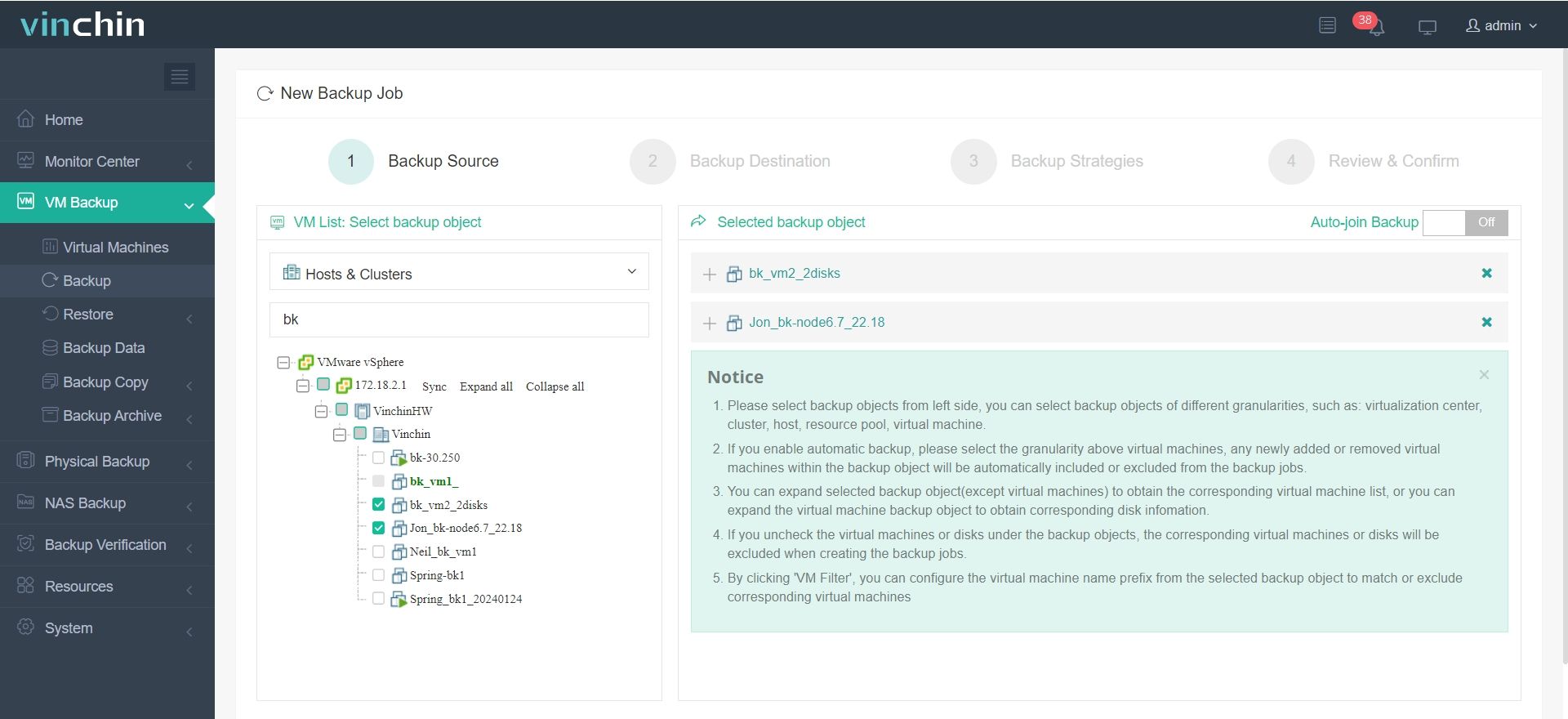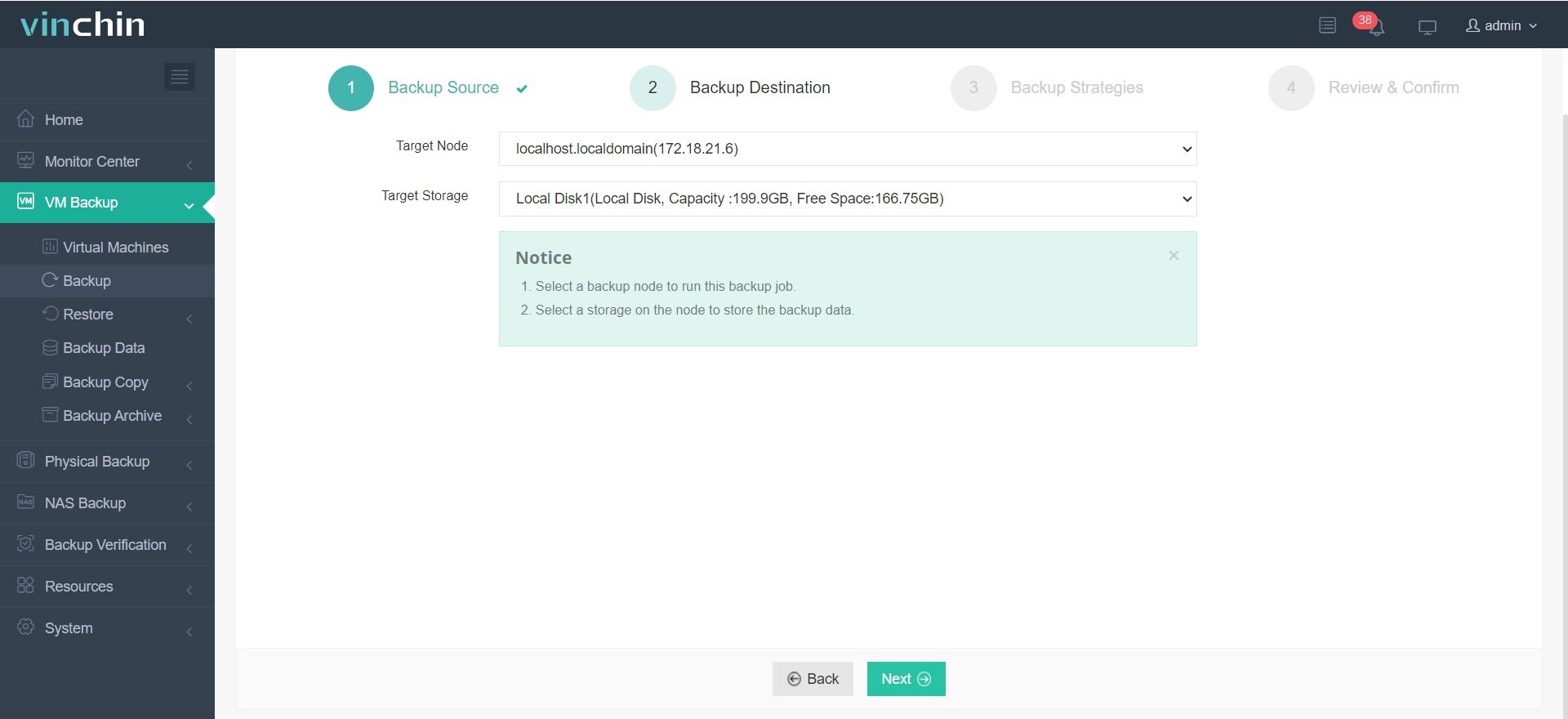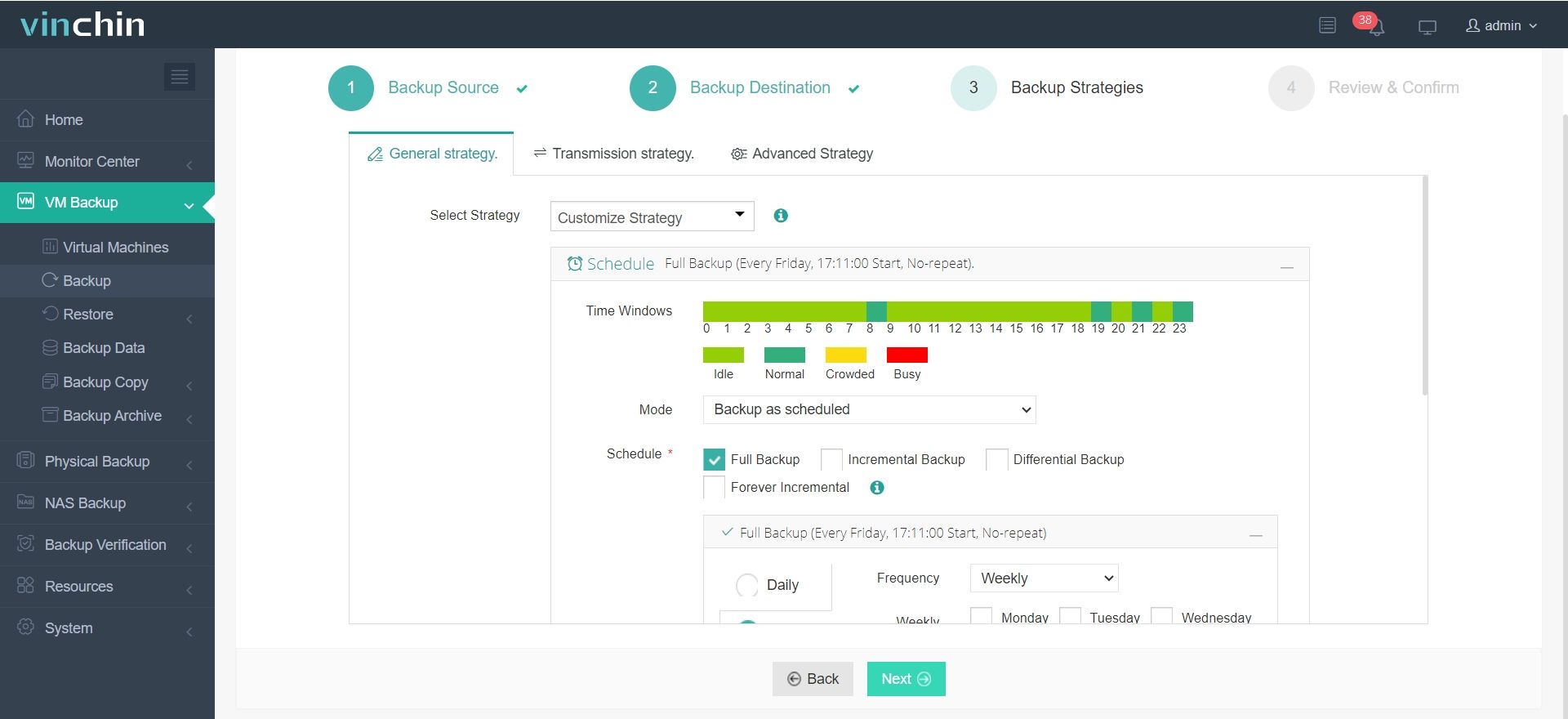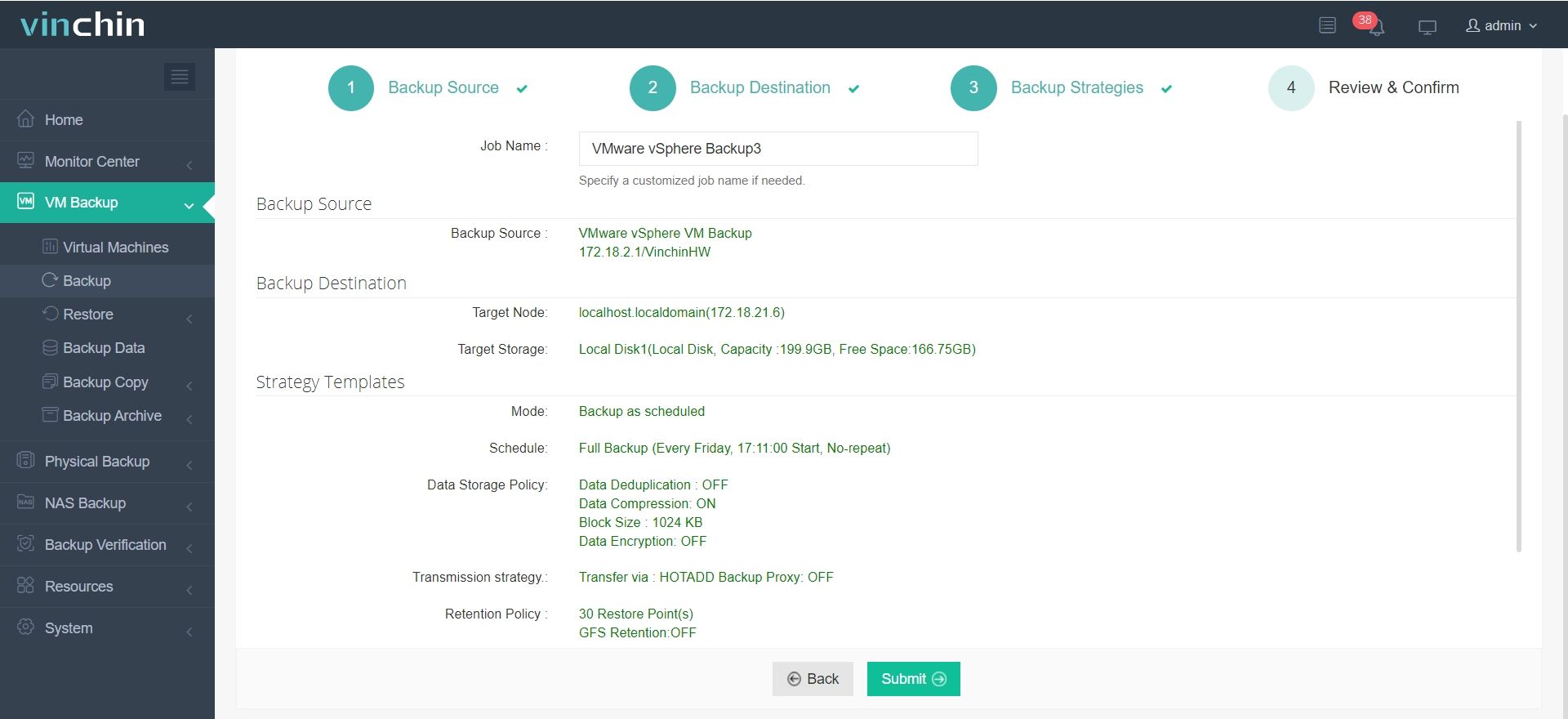-
What is disaster recovery?
-
Why disaster recovery is important?
-
Types of disaster recovery solutions
-
Ensuring virtual machine protection
-
Q: What's the 3-2-1 Backup Rule for DR?
-
Conclusion
What is disaster recovery?
Disaster recovery refers to a series of strategies and measures taken in response to natural disasters, man-made accidents, and technical failures. To ensure that business can return to normal operations as soon as possible. The aim is to minimize downtime, reduce losses and safeguard the organization's business continuity.
Disaster recovery serves two purposes, maintenance and rebuilding after an event. Maintenance is performed by properly copying and backing up data and assets to a specific restore point. Recovery is aimed at regaining functionality and control over infected or corrupted systems and data. Together, they form a complete disaster recovery plan that ensures the organization can return to normal operations as quickly as possible.
Why disaster recovery is important?
Here are some key reasons about the importance of disaster recovery:
Ensure business continuity--Disaster recovery reduces business downtime by helping organizations resume business operations as quickly as possible when faced with a catastrophic event.
Enhance system security--The potential impact of ransomware, malware, or other security risks can be reduced by implementing data protection, backup, and recovery processes.
Data Protection--Data protection plays a vital role in a disaster recovery plan, including data backup and protection strategies to ensure the integrity and availability of critical data.
Reduce Losses--A disaster recovery plan can be effective in reducing an organization's losses in the event of a disaster. By employing an effective disaster recovery solution, potential losses can be minimized and the cost and effort required to restore systems to their original state can be reduced.
Types of disaster recovery solutions
Here are six types of disaster recovery plans:
Data Center Disaster Recovery: This involves establishing a secondary data center in a location other than the primary data center. In the event of a serious failure in the primary data center, it can be quickly switched to the secondary data center with minimal downtime to ensure continuous business operations and data security. In order to maintain data consistency, real-time data synchronization is required between the primary and secondary data centers. Critical data and applications are also deployed in the secondary data center to enable timely switchover in case of failure.
Network Disaster Recovery: Aims to restore the network infrastructure to normal operations quickly and with minimal downtime in the face of different types of failures. This requires taking preventative measures, including backing up data, configuring redundant equipment, and developing plans. To minimize service disruption, protect data integrity and ensure business continuity. A well-developed network disaster recovery plan is essential to ensure network availability and stability, and helps organizations assess and mitigate the various network risks they may face beforehand, thus minimizing actual losses.
Virtualized Disaster Recovery: Uses virtual technology to build backup and recovery strategies across compute, storage and network domains. Designed to enable organizations to quickly restore critical systems and data during a disaster event to ensure business continuity. Through virtualization technology, real-time backup and rapid recovery are achieved, enabling organizations to recover quickly and keep business running smoothly in the event of a disaster.
Disaster Recovery in the Cloud: It refers to the use of cloud platforms, the enterprise critical IT systems and business data real-time backup to the cloud. When the local data center fails to provide services, it can be quickly switched to the cloud backup system to continue to provide services. Compared with the traditional backup room level disaster backup, it has more efficient resource utilization, shorter recovery time and significant cost savings.
Disaster Recovery as a Service (DRaaS):It refers to outsourcing the long-term backup and recovery functions of critical business systems and data to cloud service providers for hosting. It is an outsourced cloud computing service model that allows for rapid recovery of business operations through the cloud platform when the local IT environment fails to provide services, ensuring continuous business operations.
Backup and Point-in-Time Snapshot: Data backup and point-in-time snapshots are the two main methods of data protection. Backups are complete copies of data that are periodically copied and stored on another device in case of data loss or corruption. Time point snapshots, on the other hand, allow you to capture a snapshot of data at any given moment, enabling users to quickly restore data from a specific point in time without waiting for the complete backup process, providing significant convenience.
Ensuring virtual machine protection
In terms of disaster recovery, utilizing different types of disaster recovery plans is essential for maintaining business continuity.
Vinchin Backup & Recovery is a backup solution designed for VMware, Hyper-V, XenServer, and other VMs. To meet DR requirements, Vinchin offers off-site DR, agentless backup, instant recovery, V2V migration and more. In addition, Vinchin is able to restore damaged VMs directly to another virtual platform in as little as 15 seconds to maximize business continuity.
Vinchin helps organizations meet the challenges of disaster recovery and ensures that critical data is safely protected. And Vinchin Backup & Recovery's operation operation is very simple, just a few simple steps.
1.Just select VMs on the host

2.Then select backup destination

3.Select strategies

4.Finally submit the job

Vinchin offers a free 60-day trial for users to experience the functionality in a real-world environment. For more information, please contact Vinchin directly or contact our local partners.
Q: What's the 3-2-1 Backup Rule for DR?
A: A best practice for resilient backups:
3 copies of data (primary + 2 backups).
2 different media types (e.g., HDD + cloud).
1 offsite backup (in case of local disasters).
Example:
Primary data (on-premises NAS).
Local backup (external HDD).
Cloud backup (AWS S3 / Backblaze).
Conclusion
In times of crisis, it is vital to ensure business continuity for your organization. And disaster recovery is the key to achieving this goal.
By employing VM protection and backup measures, you can ensure that your business remains flexible and recoverable in the face of adversity. Thereby, business is safeguarded from disruption. Solutions like Vinchin Backup & Recovery provide robust VM backup and recovery capabilities.
Share on:





